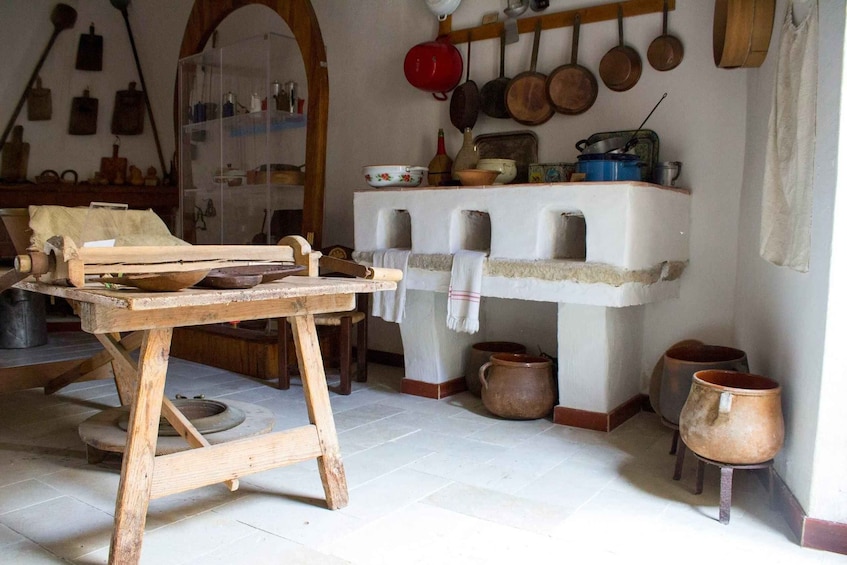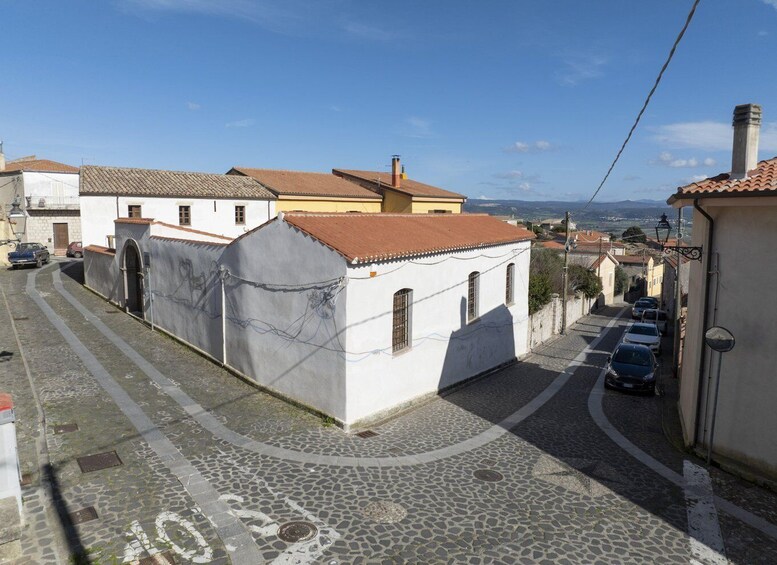The Civic Museum of the Giara Horse has the role of gathering past testimonies of its host town, Genoni, by focusing on real-life experiences and knowledge, deeply rooted in the historical memory of its population and preserved in material objects, work, accounts and the environment. It is the historical memory of a community whose course has always been accompanied by the presence of the Giara horse, like a shadow never leaving its side, defining its shape and guiding it through time.
Work to update the museum has envisaged thirty or so interviews of the local population who experienced life in wartime years. The people of Genoni were invited to take part and, as always, there was an active and substantial response. In the interviews, we tried to gather an uninfluenced representation, by avoiding overly specific questions which could have swayed the interviewee. We also sought to document only the clearest memories. This method does have its limits; it is often impossible to go into great detail on a certain topic if the speaker does not do so on his or her own accord. The result is, however, totally genuine. Underpinning this method of work is the concept of microhistories. In fact, the studies of Grendi teach us that, ‘Social microanalysis is more closely linked to the basic nature of the data under consideration than to the actual size of the social area itself.’ Yet what reinforced our idea was the experimental type, as emphasised by Levi, ‘The real issue at hand is the experimental choice of the size of the observational scale. The very fact that a microscopic observation is able to show us things that had not been observed beforehand is the unifying nature of microscopic research.’ This premise supports the project’s chosen method. The recounted microhistories are bound to their local area without ever separating themselves from the context. Furthermore, they offer an additional documentary cross section which calls for an alternative type of museum exhibition, capable of meeting these documentary requirements.
The interviews are subdivided into video clips, which are equally brief as they are representative, and are connected to the museum tour via QR codes containing video footage of the local population, who describe situations and objects, and tell anecdotes and stories.




